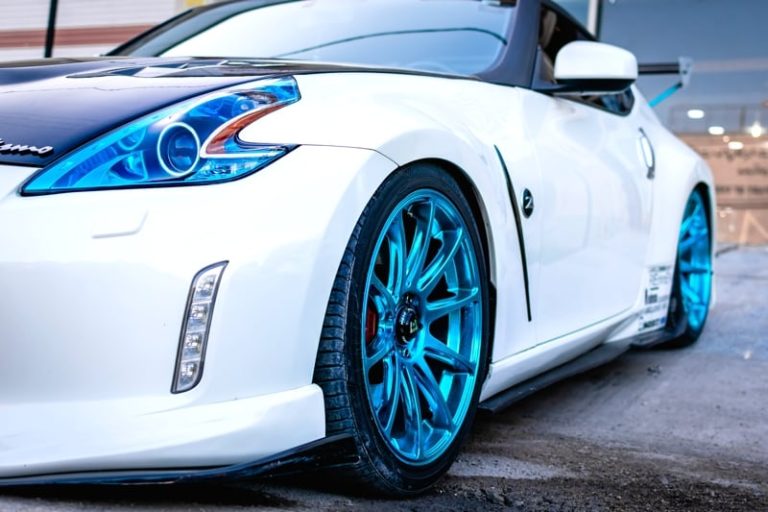Concave rims have emerged as a popular choice among car enthusiasts seeking to enhance the aesthetics and performance of their vehicles. The unique curvature of concave rims adds a touch of sophistication and style, while also improving handling and performance on the road. In this comprehensive guide, we’ll delve into the intricacies of choosing the perfect concave rims for your car, covering everything from design considerations to performance enhancements.
Understanding Concave Rims
Concave rims are characterized by their inward curve, which creates a visually striking profile that sets them apart from traditional flat or convex wheels. This curvature gives concave rims a dynamic appearance, adding depth and dimension to the overall look of the vehicle. Beyond their aesthetic appeal, concave rims also offer practical benefits, including improved brake clearance and enhanced handling capabilities.
Factors to Consider When Choosing Concave Rims
- Wheel Size and Fitment: One of the most critical factors to consider when selecting concave rims is ensuring they are the right size and fitment for your vehicle. This includes taking into account factors such as bolt pattern, offset, and hub bore diameter to ensure proper compatibility and fit.
- Design and Finish: Concave rims come in a variety of designs and finishes to suit different preferences and styles. Whether you prefer a sleek and minimalist look or a more aggressive and sporty aesthetic, there are options available to cater to your tastes. Popular finishes include matte black, gloss black, silver, and gunmetal, among others.
- Material and Construction: The material and construction of concave rims can have a significant impact on their performance and durability. While alloy wheels are lightweight and offer excellent strength-to-weight ratio, forged rims are even lighter and stronger, making them ideal for high-performance applications.
- Brake Clearance: Another crucial consideration when choosing concave rims is ensuring adequate brake clearance. The inward curvature of concave rims can sometimes interfere with larger brake calipers, leading to fitment issues. It’s essential to verify clearance requirements and choose rims that accommodate your vehicle’s braking system.
- Weight: The weight of the rims can affect the overall performance and handling of the vehicle. Lighter rims reduce unsprung weight, which can improve acceleration, braking, and cornering performance. However, it’s essential to strike a balance between weight savings and structural integrity to ensure durability and reliability.
Benefits of Concave Rims
- Enhanced Aesthetics: Concave rims add a touch of sophistication and style to any vehicle, enhancing its visual appeal and making a statement on the road.
- Improved Handling: The unique curvature of concave rims can improve handling and performance by reducing unsprung weight and providing better contact patch with the road surface.
- Brake Clearance: Concave rims often offer better brake clearance compared to flat or convex wheels, allowing for the use of larger brake calipers and rotors for improved stopping power.
- Customization Options: With a wide range of designs, finishes, and sizes available, concave rims offer ample customization options to suit individual preferences and vehicle specifications.
Conclusion
Choosing the right concave rims for your car involves considering various factors such as size, fitment, design, material, and performance characteristics. By taking the time to research and evaluate your options, you can find the perfect set of concave rims to enhance the aesthetics and performance of your vehicle, making a lasting impression wherever you go.





